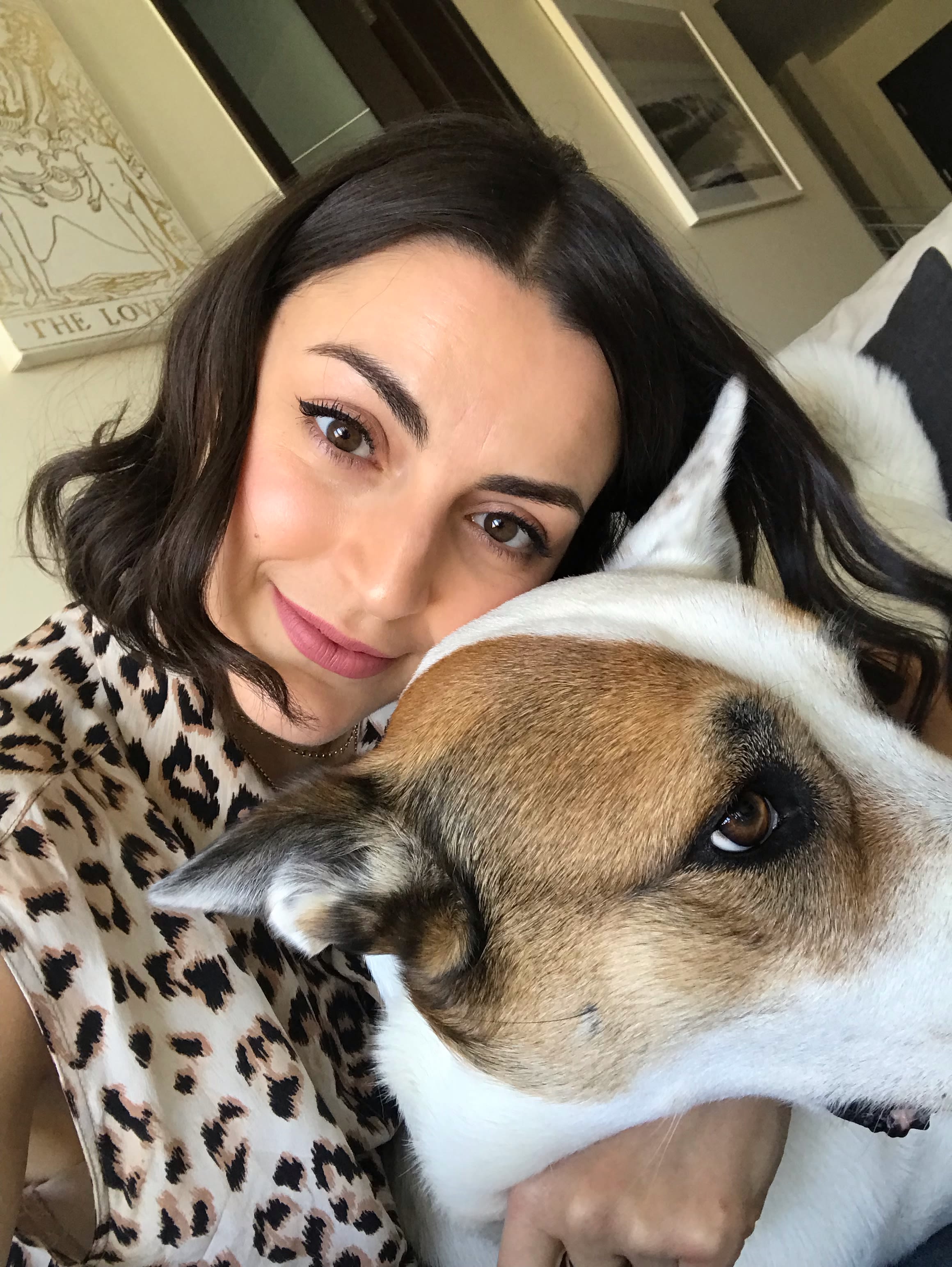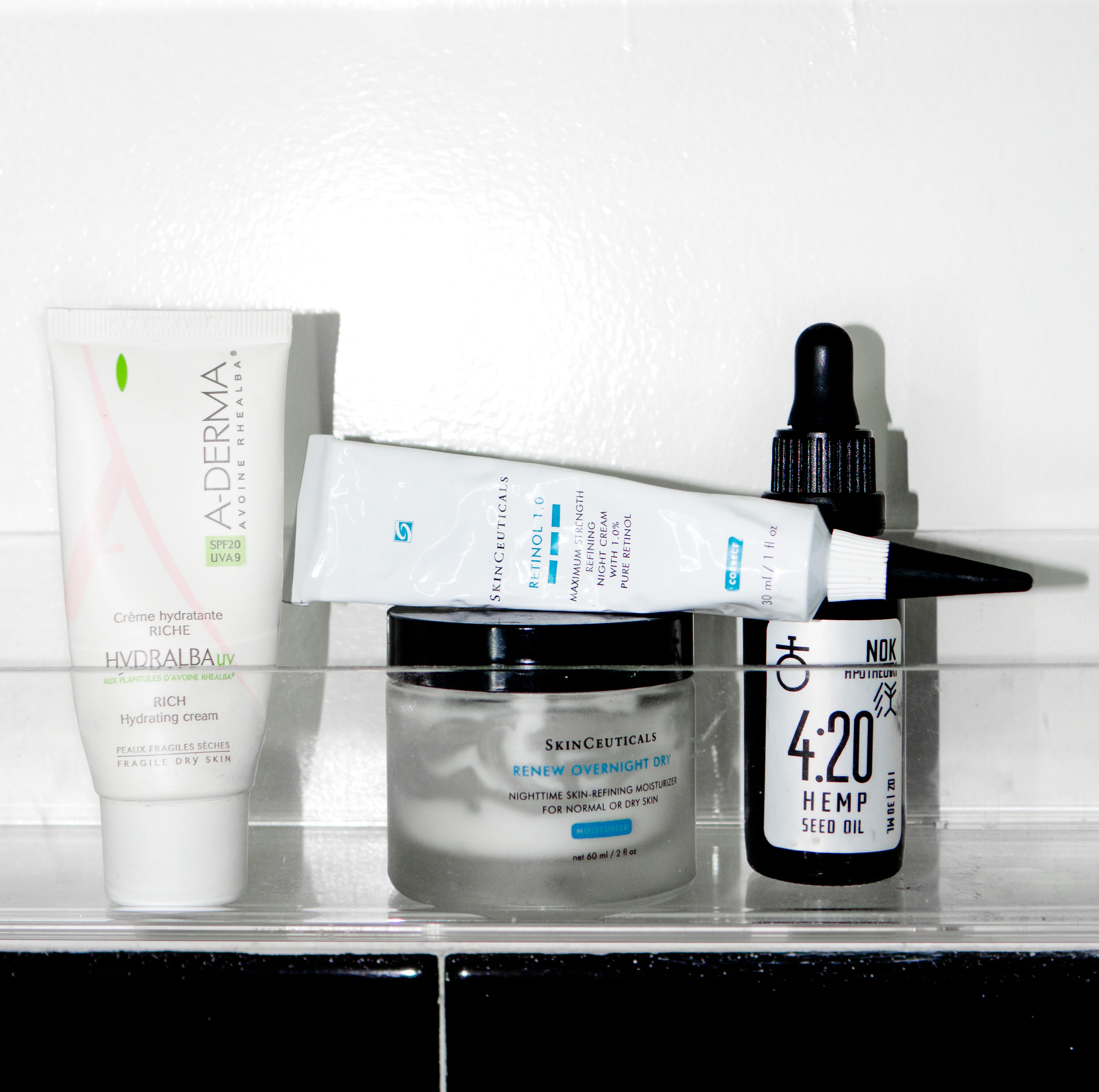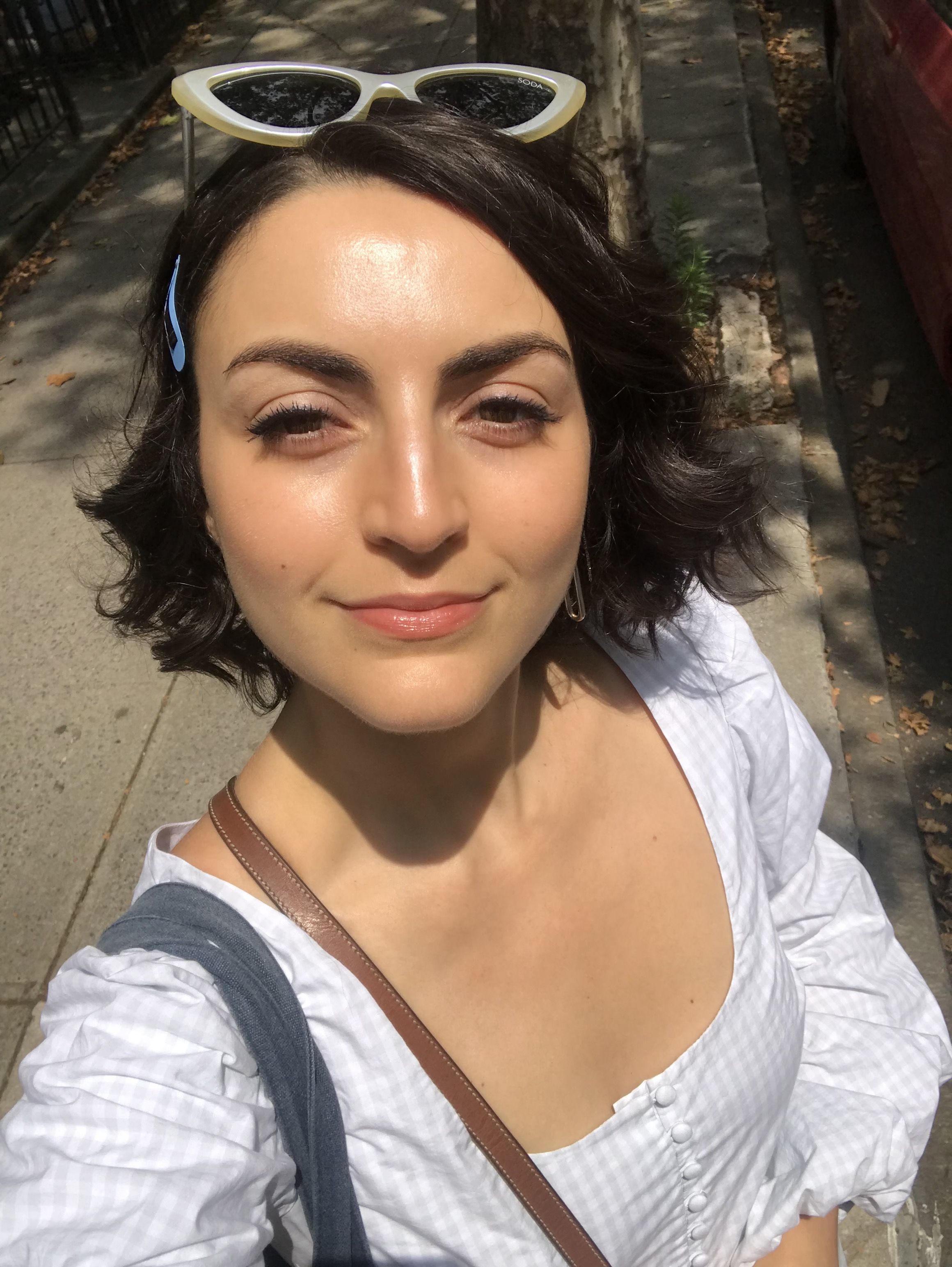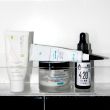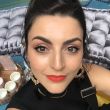I’m vain and I’m conflicted about it. As a woman in America, I’ve been fed the contradictory garbage that it’s best to age effortlessly and gracefully. Embrace your wrinkles! They’re a sign you’ve lived! Look at Helen Mirren! I don’t know Helen Mirren personally but I can tell you she does more than drink eight glasses of water and dab essential oils on her face. Looking “good” isn’t always effortless and it’s typically associated with looking younger than your birth year. In my case, beauty routines are my therapy. Some people workout to unwind, I gua sha.
As I got older, I’d look in the mirror and realize my “age defying” products weren’t defying much of anything. When I turned 30, the fine lines that once could be coaxed flat with a dab of hyaluronic acid wouldn’t budge. I felt like a bad womanist for caring so much about a few forehead creases, but they bothered me. When I asked friends with perennially smooth skin what they did, I always got the same answer: Botox. I have nothing against Botox, but my rent, 401(k), and bank account do. And so, this is where my journey with retinoids began.
Me, before retinol.
For those unfamiliar with retinoids, they are a Vitamin A derivative that have been used in dermatology for decades. According to Dr. Shereene Idriss of Union Square Dermatology, they "help with comedonal acne (including blackheads and whiteheads), but also help stimulate collagen in the long term, reducing the overall appearance of fine lines and wrinkles.” Retinol is the less active form of retinoids, and the only version of the ingredient that can be found over-the-counter, whereas tretinoin and tazarotene are more potent iterations and prescription-only. (Adapalene, a synthetic retinoid, can be found over-the-counter or via prescription, depending on the dosage.) Dr. Idriss also notes that 25 is your tipping point year: it’s at this age that your body starts to pull the brakes on cell turnover and collagen production. Having just turned 32, I knew that as much as I wanted to reach for a pretty over-the-counter retinol that would look good on my #topshelf, I’d have to do some digging to find a brand that works.
After what felt like federal investigation levels of research I found a retinoid I could trust: Skinceuticals 1%. Upon opening the opaque, aluminum tube with a tapered tip to control product dispensing, I did the thing you are not supposed to do: I slathered it all over my face too often. Turns out, retinoids are like edibles; always start low and slow. Dr. Mona Gohara, a Yale-trained dermatologist in Connecticut, advises starting with a low percentage by using a pea-sized amount of product evenly across your face two times a week to build tolerance.
But I didn't know that at first, so after a few weeks of abuse my face was in tatters. Shedding is commonly referred to as “the purge.” The fact that other people experience some sensitivity and flaking lead me to falsely believe the blizzard of dead skin falling off my face and neck was normal. Beauty is pain, etc. It’s not. You may have light irritation and flaking per every dermatologist I spoke to, but you shouldn’t have polar vortex levels of facedruff. After a few weeks of pain, I did what any grown woman should have done from the start and spoke to my dermatologist. I lowered my retinol use, stuck to the areas that bothered me, used deeply hydrating creams, and took a break from nighttime glycolic acid use. Within a week my face healed, revealing poreless skin that exuded a glow that can only be described as “retinol shine.” Seriously, my forehead doubles as a boom light.
Me, after retinol.
I had avoided retinoids for years because my skin is sensitive, thanks to rosacea and perioral dermatitis; a face rash that’s triggered by stress, hormones and random ingredients like fluoride toothpaste. Dr. Gohara elaborated on why “tried and true” ingredients like retinoids aren’t for everyone. “Just like spin or yoga might not be for you, there is no silver bullet for everyone when it comes to skincare. With retinol, a lot of people can’t tolerate it.” My PD and rosacea prone skin put me in that category, which is why, for my first foray into retinoids I didn’t even attempt prescription grade versions like Retin-A. Maybe next year.
Joyce DeLemos, a cosmetic chemist, stresses that not all retinoids are created equally. DeLemos explains “you need to look explicitly for ‘retinol’ in your ingredients and check to see where it falls on the [ingredient] list” when buying over-the-counter. DeLemos went on to note that any product with encapsulated or stabilized retinol tends to be more effective. Any product claiming it contains ‘Vitamin A derivatives,’ ‘retinoid complex,’ or anything that doesn't explicitly list retinol in its ingredients, is probably using Retinyl Palmitate, a cheaper and less effective ingredient. Finally, watch out for packaging. Retinol is oxygen and light sensitive; this means airtight packaging, aluminum or opaque tubes are the way to go. They may look chic, but avoid jars, droppers and spatulas. Generally speaking active ingredients are vulnerable creatures, you need to helicopter parent their exposure to the outside world.
Throughout all my retinol mistakes, I did do one thing right: I only used it at night. Retinol makes your skin UV sensitive, so in addition to nighttime use you should wear SPF daily, even if you haven’t applied retinol for a few days. As Dr. Gohara notes, most skin damage happens from UV light and isn’t only found outside. “I want to rebrand sunscreen to UV screen. Your computer, phone and indoor lights all contribute to photo-damage” she says. So slather on a good SPF and use a stabilized Vitamin C in the morning to reduce damage from the great outdoors and infinite scroll.
If after following her advice you’re still experiencing redness, flaking and irritation, you’re retinol intolerant. Luckily for everyone there are other options to stimulate collagen production and cell turnover. Dr. Ron Moy, a Board Certified Dermatologist, past president of the American Academy of Dermatology and creator of DNA Renewal, explains that growth factors are a more modern development in anti-aging skincare. Growth factors are less harsh than retinoids and have shown to help with collagen production while stimulating receptors in the skin, putting your cell turnover on a treadmill. This leads to thicker, less wrinkly skin. Plant growth factors, like Dr. Moy’s line, can potentially smooth lines without face dandruff. In my odyssey to find products that actually work beyond marketing, growth factors will find their way into my rotation.
After four months of consistent retinol use I can tell you one thing: it works. My “11 lines” are fading and my forehead has the reflective gleam of someone chemically forcing their skin to regenerate at the rate of a 24 year old. I’ve stopped thinking about Botox, I no longer use my palm to flatten my forehead throughout the day and I’ve recalibrated how I pick products focusing on brands that have active, stabilized ingredients. I’ve even limited how much time I spend looking at filtered pictures on Instagram to reduce my UV light exposure and preserve my sanity. While I’ll always feel conflicted about how I internalize beauty standards, for now, when someone tells me I have good skin I don’t shrug it off, I tell the truth; “it better, because I do a lot.”
—Charlotte Palermino
Photos via the author.
